If you’re wondering, “How do you set up a hydroponic system?” or “How do you use a hydroponics kit?” you’ve come to the right place. This article is your one-stop Idoo hydroponics growing system on how to set up, use, and troubleshoot the manual. Hydroponics is a way to grow plants without using soil. In the Idoo Hydroponics Growing System, water gives plant roots their nutrients.
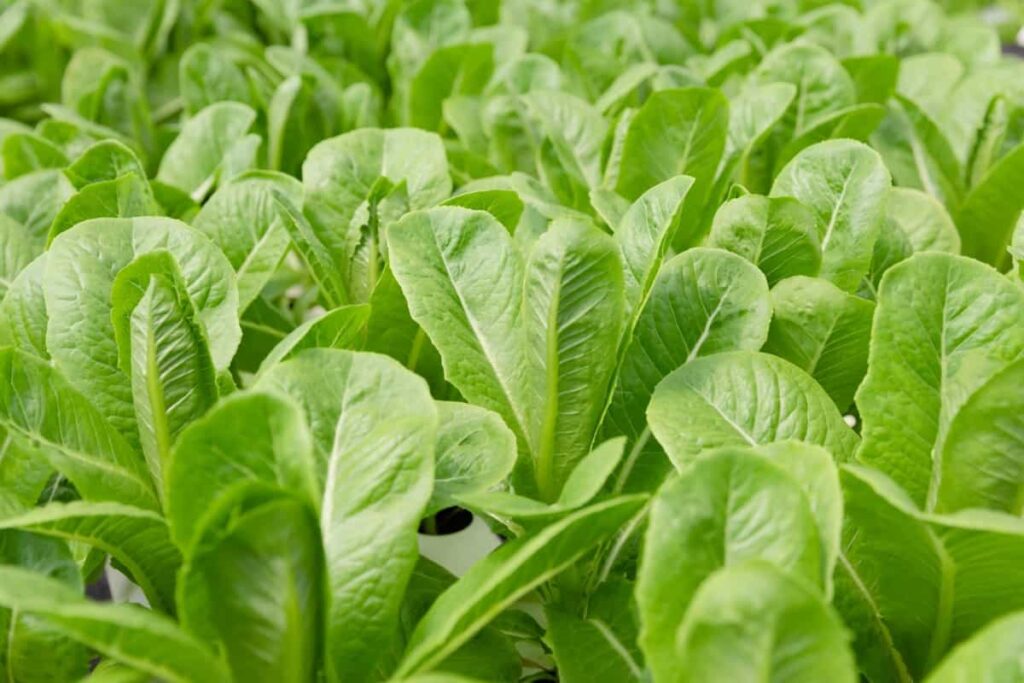
Understanding the Basics of Idoo Hydroponics Growing System
In the Idoo Hydroponics Growing System, water delivers nutrients directly to the plant roots. This system is perfect for people who lack space for a traditional garden. It offers various features, such as different light modes. But what if your Idoo hydroponics growing system light is not working? No worries!
This guide will cover idoo hydroponics growing system troubleshooting as well. Read on to learn all about the Idoo hydroponics growing system setup, how to use it, and how to take care of a hydroponic system. We’ll also discuss Idoo hydroponics, growing system replacement parts, and more.
Step-by-Step Guide to Setting Up Your Idoo Hydroponics Growing System
First, unbox the system and check if all parts are there. Make a list of missing items, if any, and contact customer service for Idoo hydroponics growing system replacement parts. Once you have everything, start assembling the main unit. The water tank goes on the bottom, followed by the planting tray. Fill the water tank with filtered water until the water level indicator is full. Insert the seed pods into the planting tray, and make sure they fit snugly.
Add nutrients to the water as per the instructions. Once the setup is complete, plug in the electrical cord to power the pump and lights. Now you have completed your Idoo hydroponics growing system setup. You might ask, “How do you use a hydroponics kit?” Well, using it is as simple as setting it up. Turn on the lights, set the timer, and let the growing begin.
Choosing the Right Location for Your Idoo Hydroponics Growing System
Choosing the right location is key for caring for a hydroponic system. The place should be near an electrical outlet and away from direct sunlight. Too much natural light can mess with the plant’s growth cycles. Also, make sure the location is away from heaters or air conditioners. Extreme temperatures can harm your plants. Stability is another factor. Pick a flat, stable surface so the system doesn’t wobble or tip over.
In case you missed it: How to Grow Broccoli Hydroponically: Nutrients, Grow Time, and Lighting Requirements

A sturdy table or counter works best. Ensure the place is easy to reach for you but out of the way of pets and small children. Once you’ve chosen the right location, you can focus on other aspects, like learning the different light modes in Idoo and adjusting them according to the plants you’re growing.
Essential Equipment and Supplies for Your Idoo Hydroponics Growing System
You’ve learned how to set up and use your system, but maintenance is crucial, too. For long-term success, you’ll need some essential equipment and supplies. First, invest in a good water filter. This keeps harmful chemicals away from your plants. Second, have a nutrient mix ready. This is essential for plant growth in a hydroponic system. You can buy nutrient solutions made for hydroponic systems or make your own.
But remember to follow the guidelines in your Idoo hydroponics growing system on how to use it manually. Third, keep a few Idoo hydroponics growing system replacement parts handy. Things like extra seed pods, pumps, or lights can be useful. Now, what if the Idoo hydroponics growing system light is not working? That’s where troubleshooting comes in. Keep your manual handy for quick fixes. If that doesn’t help, customer support is just a call away.
Preparing the Nutrient Solution for Your Idoo Hydroponics Growing System
The nutrient solution is crucial for plant growth when setting up your system. First, get a quality hydroponic nutrient mix from a trusted supplier; this usually comes in liquid or powder form. Ensure the nutrient mix is complete with all essential macro and micronutrients plants need for growth. Use distilled or filtered water to prepare the solution, as tap water often contains chemicals that may harm the plants. Mix the nutrient and water according to the ratio specified in your Idoo hydroponics growing system and how to use it manually.
Make sure you stir the solution well to distribute the nutrients evenly. After mixing, use a nutrient meter to measure the strength of the solution. If it’s too strong, add water; if it’s too weak, add more nutrients. Always follow the guidelines in your Idoo hydroponics growing system and use it manually for the best results. It’s a good idea to prepare the extra nutrient solution and store it for future use so you can easily replace the old solution in the system when needed.
Planting Techniques for Different Types of Crops in the Idoo Hydroponics Growing System
Different crops require different planting techniques, and it’s essential to know these when asking, “How do you take care of a hydroponic system?” Use a seed starter plug to insert seeds for leafy greens like lettuce or herbs. Once the seedlings appear, transfer them into the growing medium in your system. For plants like tomatoes and peppers that grow tall, place the seedlings deeper into the growing medium to provide stability as they grow.
In case you missed it: Hydroponic Saffron Farming: Cultivating Premium Saffron through Modern Techniques
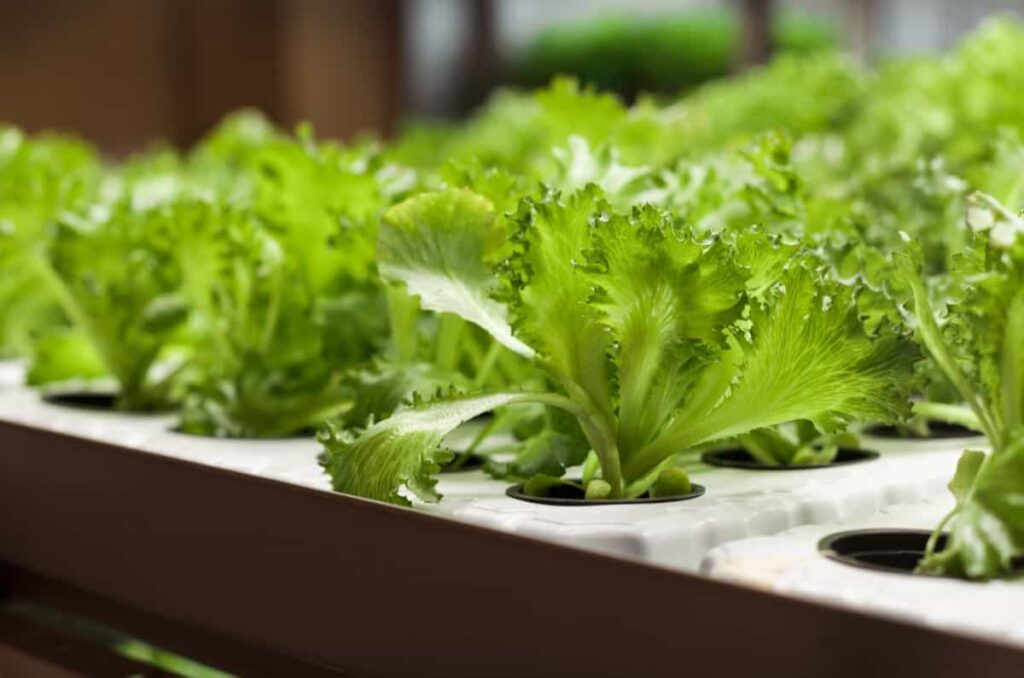
Always follow the planting guidelines in your Idoo hydroponics growing system and how to use it manually. Use the right number of plants per pod and give them adequate growing space. Some crops need to be thinned out as they grow, so keep an eye on plant density. Finally, different plants have different light and nutrient needs, so adjust the light modes in Idoo and nutrient levels accordingly.
Maintaining Proper pH Levels in Your Idoo Hydroponics Growing System
Proper pH levels are vital for nutrient absorption in plants. The first step in maintaining pH is to test the water you’re using. You can use a pH meter or pH test strips for this. Once you know the pH level, refer to your Idoo hydroponics growing system to use a manual to determine the ideal pH range for your growing crops.
If the pH is too high, you’ll need to lower it using pH-down solutions, and if it’s too low, use a pH-up solution. Always make small adjustments and test the water again to avoid drastic changes in pH levels. It’s advisable to check the pH levels at least once a week. Regular monitoring helps you make timely adjustments and ensures your plants can absorb all the nutrients they need for optimal growth.
Monitoring and Adjusting Nutrient Levels in Your Idoo Hydroponics Growing System
Monitoring nutrient levels is critical when asking, “How do you care for a hydroponic system?” First, use a nutrient meter to test the strength of your nutrient solution. Compare this with the recommended nutrient levels in your Idoo hydroponics growing system and how to use it manually. If the nutrient levels are too high, add water to dilute the solution. If they are too low, add more nutrient mix. Keep track of how your plants are responding. Signs like yellow or droopy leaves can indicate nutrient imbalances.
Adjusting nutrient levels is not a set-and-forget task; it requires regular monitoring. Test the nutrient solution at least once a week and adjust as needed. Remember to also check for signs of nutrient deficiencies or toxicities in your plants, as these can affect their growth and yield. Regular monitoring and adjustments will keep your hydroponic system in top shape and enjoy a fruitful harvest.
Managing Light and Temperature Conditions in Your Idoo Hydroponics Growing System
Managing light and temperature conditions is essential for plant’s growth and health. Your Idoo hydroponics growing system comes with different light modes in Idoo, each suited for specific types of plants. Check the Idoo hydroponics growing system and how to use it manually for guidelines on which light mode is best for your chosen crops. Make sure to set the light timer according to the plants’ specific needs; some might need more light hours than others.
In case you missed it: Hydroponic Farming in Kenya: Project Report, Cost and Profit Analysis
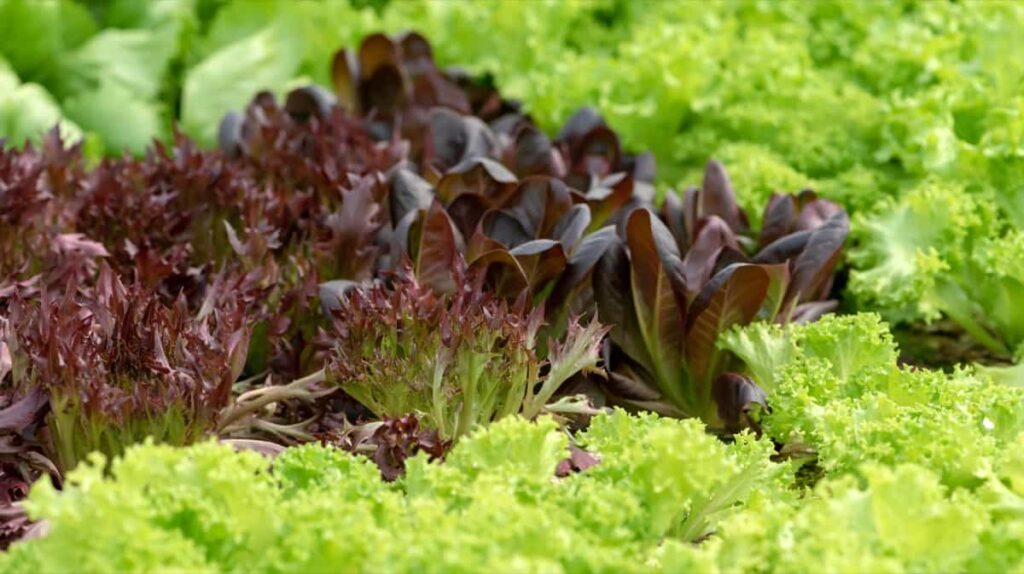
If your Idoo hydroponics growing system light is not working, consult your Idoo hydroponics growing system troubleshooting guide for quick fixes. Temperature is another crucial factor; keep the system in a place where temperature fluctuations are minimal. Ideal temperatures vary depending on the plants, but a range of 65-75°F works well for most crops. Use a thermometer to keep track of temperature and adjust your home’s heating or cooling as needed to keep the system in the optimal range.
Preventing and Managing Common Pests and Diseases in the Idoo Hydroponics Growing System
Prevention is the best way to manage this issue. Use clean water and sterilized equipment to minimize the risk of contamination. Inspect new plants for pests before adding them to your system. Remove the affected plant to avoid spreading if you notice signs of pests like aphids or spider mites.
For diseases like root rot, often caused by overwatering or poor drainage, consult your Idoo hydroponics growing system troubleshooting guide for solutions. In severe infestations or diseases, you might need to empty the system, clean it thoroughly, and start fresh. It’s crucial to watch for early signs of pests and diseases; early detection makes treatment easier and more effective. Regularly check your plants and growing medium for any signs of trouble.
Pruning and Training Techniques for Optimal Growth in the Idoo Hydroponics Growing System
Pruning and training your plants are vital for maximizing yield and maintaining plant health. These techniques are crucial when pondering, “How do you care for a hydroponic system?” Start by identifying the main stem and secondary branches. Prune away any dead or yellow leaves and pinch off the tips of overgrown branches to encourage bushier growth.
Training vining plants like tomatoes to grow upwards can save space and improve air circulation. Use soft plant ties to guide the main stem towards support, and regularly adjust as the plant grows. Consult your Idoo hydroponics growing system using the manual for plant-specific pruning and training guidelines.
Harvesting and Storing Crops from Your Idoo Hydroponics Growing System
Harvesting is the reward for all your hard work. The timing of the harvest depends on what you’re growing. Leafy greens can be harvested when they have enough leaves to maintain growth; simply snip off the outer leaves and let the center grow. For fruiting plants like tomatoes, wait until the fruit is fully colored but firm to the touch. Always use clean and sharp scissors or pruning shears for harvesting to minimize plant damage.
In case you missed it: Exploring the Potential of Hydroponic Farming in the Philippines
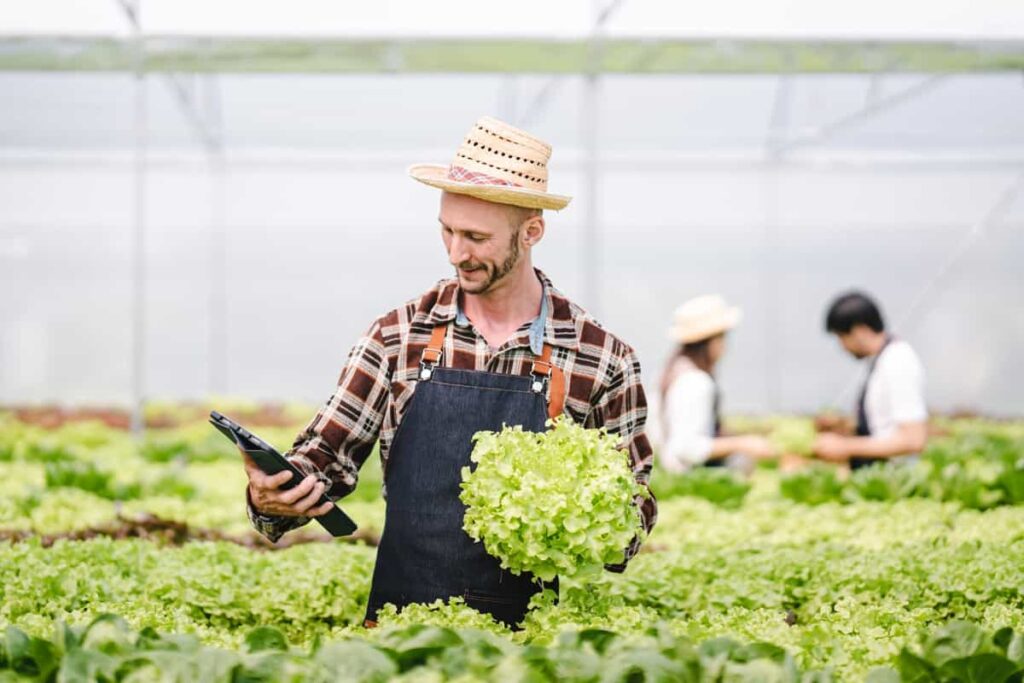
After harvesting, rinse the produce in clean water to remove residual nutrients. For storage, leafy greens can be kept in the fridge in a produce bag for up to a week. Fruiting crops like tomatoes are best stored at room temperature, away from direct sunlight. Always check your Idoo hydroponics growing system and how to use it manually for crop-specific harvesting and storage tips.
Troubleshooting Common Issues with the Idoo Hydroponics Growing System: A Troubleshooting Guide
Even with the best care, issues may arise with your hydroponic system that require troubleshooting. If your Idoo hydroponics light isn’t working, make sure the power cord is plugged in properly. If that doesn’t solve the issue, consult your Idoo hydroponics growing system troubleshooting manual or contact customer support. A frequent issue that users face is an imbalance in pH levels or nutrient concentrations. Always have a pH and nutrient meter to regularly test the water.
If your plants show signs of stress, such as yellowing leaves or stunted growth, this could be a nutrient or pH issue. Another common problem is the appearance of algae, usually caused by excess light hitting the water. This can be resolved by covering any exposed water surfaces. Clogging is another issue you may face, and this can usually be solved by regularly cleaning the water pumps and filters. Your Idoo hydroponics growing system troubleshooting manual is your best friend when resolving these issues efficiently.
Maximizing Efficiency and Productivity in Your Idoo Hydroponics Growing System
To get the most out of your hydroponic system, focus on maximizing its efficiency and productivity. Begin by choosing crops that are well-suited for hydroponic cultivation. Leafy greens and herbs usually do exceptionally well. Keep track of the growth cycles and plan your planting in a way that allows for continuous harvesting. This ensures that your system is always productive. Utilize all available space in your growing area, but don’t overcrowd it, as this could lead to poor air circulation and potential disease outbreaks.
In case you missed it: Hydroponic Farming at Home: How to Start, Kit, Cost, Best Plants for Home Hydroponics
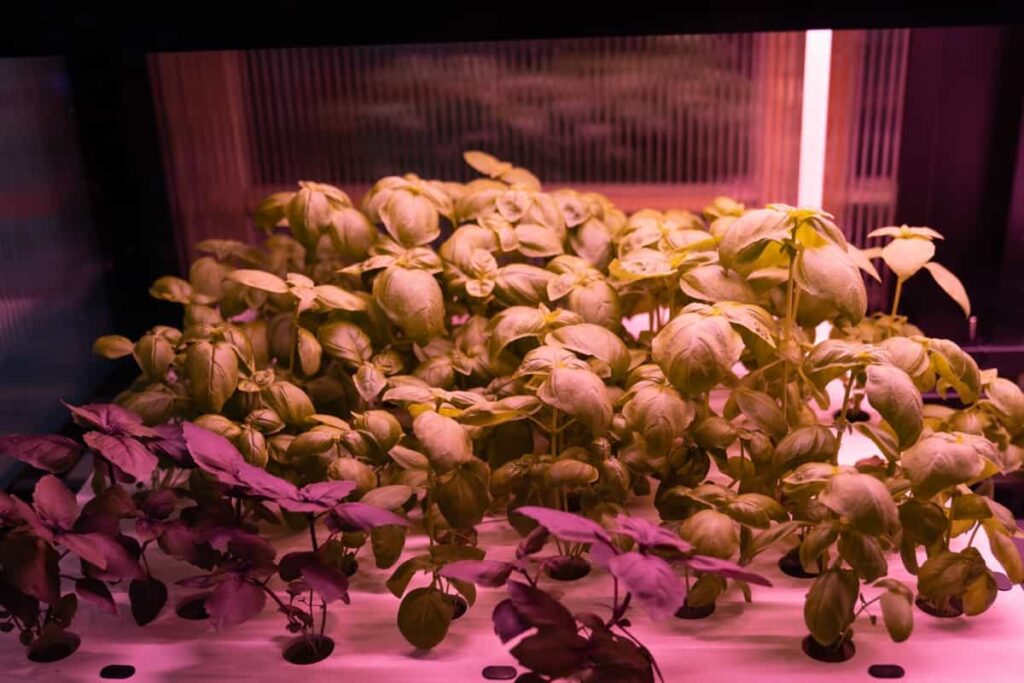
Ensure to keep up with regular maintenance tasks, like checking the pH levels, cleaning filters, and replacing the nutrient solution. The aim is to create a self-sustaining environment where the plants can grow with minimal intervention. Always monitor your crops for signs of diseases or pests and treat them immediately to prevent spread. By paying attention to these details, you can achieve higher yields and make the most of your hydroponic system.
Conclusion
Your journey with the Idoo Hydroponics Growing System mustn’t be complicated. From setting up your system to dealing with potential issues, every step can be simplified with proper knowledge and preparation.
- How to Raise Pigs in Your Own Backyard: A Comprehensive Guide
- Budget Friendly Sheep Shed Ideas: Cheap and Low-Cost Tips
- How Much Do Cattle Farmers Make: Revenue Streams in Cattle Farming
- Management Pests and Diseases in Your Cotton Field
- Sheep Farming Business Plan for Beginners
- Aquaponic Farming at Home: A Step-By-Step Guide
- Profitable Village Farming Business Ideas in 2024
- High-Yield Aquaculture: Fast-Growing Fish for Farming
- Effective Fish Pond Construction Techniques for Beginners
- Irrigation and Water Management in Pineapple Farming
- Blossom to Harvest: Mastering Flowering and Pollination in Papaya Farming
- Pig Fattening Essentials: From Selection to Sale for Beginners
- Raising Wagyu Cattle: A Complete Guide for Premium Beef Production
- Soil Types and Their Water Holding Capacity
- Optimizing Irrigation Schedules for Coconut Groves for Enhanced Yield
- Espresso Your Garden: Coffee Grounds for Healthier Acid-Loving Plants
- The Best Soil Mix for Snake Plants: How to Mix Your Own Snake Plant Soil
- Green Thumb Success: Expert Tips for Cultivating Greenhouse Beans All Year Round
- Bloom All Year Round: The Ultimate Guide to Indoor Hyacinth Care
- Eco-Friendly Gardening: How to Make Liquid Fertilizer from Kitchen Waste
- Ultimate Guide to Grow Anise in Pots: Explore Seed Propagation to Harvesting
- Guide to Raising Chester White Pigs: Discover Breed Facts to Growth Management
- Mastering the Elegance: The Ultimate Guide to Weeping Cherry Tree Care, Planting, and Maintenance
- Ultimate Guide to Planting Garlic in Grow Bags: Growing Strategies for Beginners
- How to Fix Spider Plant Leaf-Related Problems: Natural and Organic Remedies
- 10 Reasons Why Your Tulsi Plant is Shedding Leaves: Home Remedies and Solutions
- Optimizing Growth and Yield: The Advantages of Palm Bunch Ash Fertilizer
- Utilizing Neem Oil Extract as a Natural Pesticide for Hydrangea
- From Soil to Harvest: Various Ways in Which Farmers Can Use AI Tools
- Steps to Encourage and Induce Citrus Flowers: A Comprehensive Guide
- How to Fix Snake Plant Leaf-Related Issues: Natural and Organic Remedies
- Transform Your Garden into a Fragrant Oasis with Raat Ki Rani (Night Blooming Jasmine)
- Discover the Ideal Chicken Breeds for Philippine Farms
- How to Create a Poultry Egg Farm Business Plan for Profits
- Grow Lemon Cucumbers Like a Pro: Insider Techniques for Bountiful Yields
- Ultimate Guide to Caring for Your Pink Princess Philodendron: Tips for Thriving Variegation

I’m interested in Hydrophonic farming how to connect you